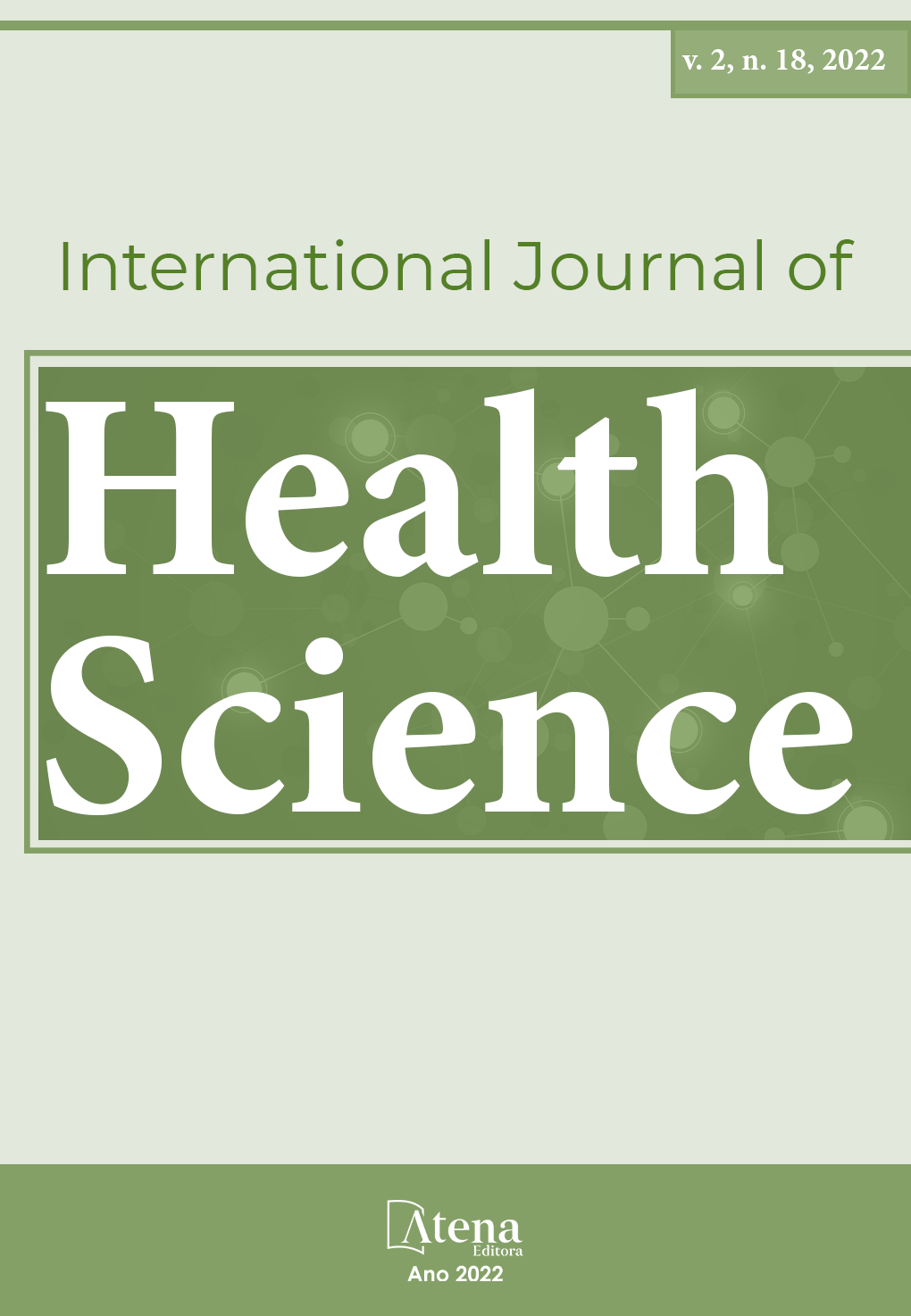
CORRELATION BETWEEN ELBOW PERIMETRY AND GARTHLAND CLASSIFICATION IN CHILDREN WITH ACUTE DIAGNOSIS OF SUPRA CONDYLIAN ELBOW FRACTURE
INTRODUCTION: The supracondylar fracture of the humerus is typical of the immature skeleton, representing a high rate of care provided in orthopedic emergency units. The most used classification is described by Garthland, and it has 3 different types, according to the deviation of the coronal plane in the elbow radiographs, each one with its appropriate therapeutic indication. OBJECTIVE: To assess the correlation between the perimetry of the fractured elbow and its contralateral elbow, classifying it according to Garthland. METHODOLOGY: Study carried out with children up to 12 years old with a diagnosis of supracondylar fracture treated in the emergency department of a tertiary hospital in the city of Franca - SP. The following data were collected: age, gender, side affected, time of trauma, Garthland classification, perimetry of both upper limbs. RESULTS AND DISCUSSION: Thirty-three children were evaluated, with a mean age between 5-6 years and a higher prevalence of fractures in the left upper limb. The average time between injury and medical care was a maximum of 6 hours. Garthland's type I classification represented 49% of fractures, but the greatest difference, 5.01 cm, in perimetry was found in type III. CONCLUSION: There is a greater difference in perimetry in fractures of higher severity. This data can help the orthopedist and pediatrician in the initial evaluation of children with elbow trauma. Studies like this corroborate this statistical improvement, in order to guarantee a better care and therapeutic approach necessary for the patient.
CORRELATION BETWEEN ELBOW PERIMETRY AND GARTHLAND CLASSIFICATION IN CHILDREN WITH ACUTE DIAGNOSIS OF SUPRA CONDYLIAN ELBOW FRACTURE
-
DOI: 10.22533/at.ed.1592182201043
-
Palavras-chave: Classification, diagnosis, fracture.
-
Keywords: Classification, diagnosis, fracture.
-
Abstract:
INTRODUCTION: The supracondylar fracture of the humerus is typical of the immature skeleton, representing a high rate of care provided in orthopedic emergency units. The most used classification is described by Garthland, and it has 3 different types, according to the deviation of the coronal plane in the elbow radiographs, each one with its appropriate therapeutic indication. OBJECTIVE: To assess the correlation between the perimetry of the fractured elbow and its contralateral elbow, classifying it according to Garthland. METHODOLOGY: Study carried out with children up to 12 years old with a diagnosis of supracondylar fracture treated in the emergency department of a tertiary hospital in the city of Franca - SP. The following data were collected: age, gender, side affected, time of trauma, Garthland classification, perimetry of both upper limbs. RESULTS AND DISCUSSION: Thirty-three children were evaluated, with a mean age between 5-6 years and a higher prevalence of fractures in the left upper limb. The average time between injury and medical care was a maximum of 6 hours. Garthland's type I classification represented 49% of fractures, but the greatest difference, 5.01 cm, in perimetry was found in type III. CONCLUSION: There is a greater difference in perimetry in fractures of higher severity. This data can help the orthopedist and pediatrician in the initial evaluation of children with elbow trauma. Studies like this corroborate this statistical improvement, in order to guarantee a better care and therapeutic approach necessary for the patient.
-
Número de páginas: 14
- Daniel Pereira Barbosa
- Luis Eduardo De Lábio Parra
- Bruno Finoti Barini
- Marina Parzewski Moreti


